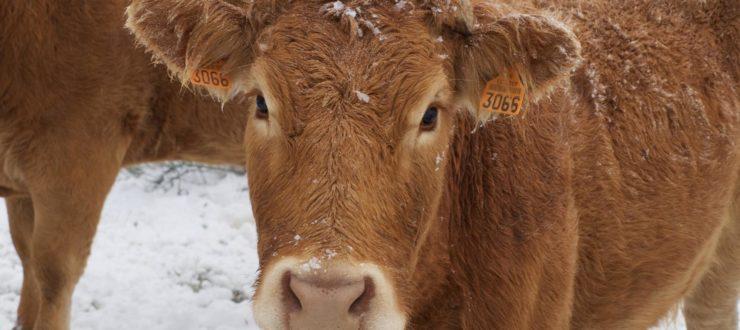
Despite many meteorologists and farmers already predicting some seriously cold arctic blasts this winter, many livestock owners will likely find themselves frantically rushing around trying to save the herd when the mercury falls too far, too fast.
As with almost any survival situation, one of the key elements to success is preparation. Don’t wait for Old Man Winter to test your cold weather equipment; he will break most of it on purpose if given half the chance. Remember this: The best equipment money can buy won’t save a single animal if it was neglected all year, so be sure to check all equipment for signs of wear, tear, and disrepair before you need them.
Water
Large livestock animals need to consume many gallons of water every day. Frozen water sources not only slow the consumption of vital liquids but encourage animals to lick ice and to eat snow. This behavior can cause the internal temperature to drop to dangerous levels, risking more than dehydration.
Most heating elements are insufficient for larger troughs and require clumsy extension cords that almost always get disconnected in the constant milling of livestock. Automated water dispensers are the very best option to combat this problem. Water stays moving within the system, making it much less susceptible to freezing temperatures.
Food
Plummeting temperatures mean elevated caloric needs for livestock. Animals must burn more energy just to keep warm, so proper diet is just as important in the winter months as it is during peak growing seasons. Having a constantly available food source will help to make the biting cold much more bearable for your animals.
Just as important as how much food your livestock has is what kind of food is available. Cold-weather foraging grasses like UF-Riata, and high-quality fiber sources, such as alfalfa, keep metabolism at a steady pace. Protein and fat-rich feed tends to create unwanted spikes and low valleys in an animal’s metabolism; if putting out bales is not practical, supplement pellets that are high in fiber will do the trick.
Shelter
Although it may seem counterintuitive to some, most mammalian livestock do not need a lot of help from us in this regard; their thick winter coats will provide the bulk of the protection necessary from cold weather. What animals do need help with is staying out of blistery wind and rain. Cattle with snow piled six inches on their back will likely be fairly comfortable. However, that same animal can be in grave danger when soaked with freezing rain or faced with relentlessly bitter wind.
Some noteworthy exceptions: Pregnant animals, newborns, and any animal that is sick, showing poor production, or underweight should be kept as warm as is possible and observed carefully and often.
A shelter that is large enough to cover your entire herd from the rain is paramount. Wind direction will vary with your geography, but facing your shelter to block the majority of the wind will keep your animals much happier and safer.
Observation
No matter how diligent we are and preparing for winter and caring for our animals, things change constantly. For this reason, careful, consistent, and acute attention is critical during brutal winters. This work can be monotonous, but it is also fairly easy, especially if you know your herd. Most animals will exhibit obvious behaviors when they are too cold, so stay vigilant.
Our animals deserve the best shot that we can give them to survive the discomfort of cold weather, so enjoy some time by a warm hearth this winter, but keep one eye on your herd. Spring will be here before you know it.
If you've got more questions about winter and what it does to your livestock, why not read Dr. Don Ball's advice?
